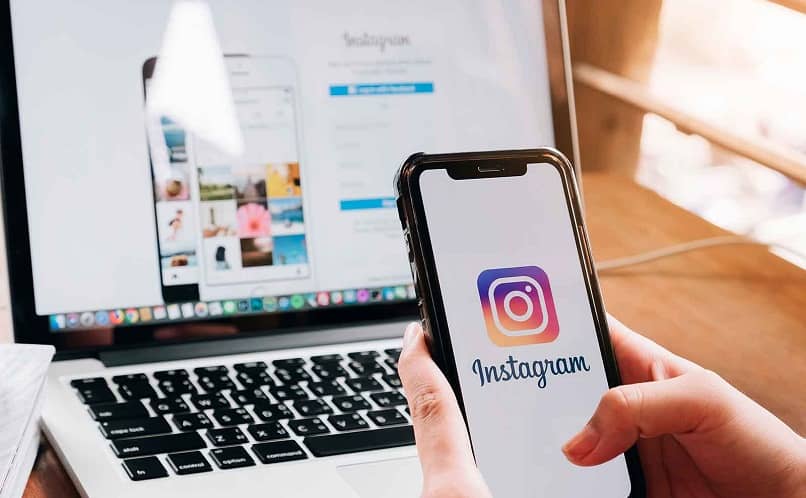During the COVID-19 pandemic, a time when the world experienced unusually long periods of unstructured time, with zero opportunities to enjoy outdoor leisure, creative people were found to be less bored and more engaged with their thoughts. . Researchers from the University of Arizona pulled from that thread, and their conclusions about why the most creative profiles make the most of their free time have been published in the Creativity Research Journal. They found that these types of people were more likely to use downtime fruitfully by letting one idea lead to another.
In fact, study participants who were more creative felt less bored when they sat alone in a room, the researchers said. “I’m particularly interested in creativity because we wanted to know what goes on in the minds of creative people, especially in situations where their thoughts are not constrained by anything,” said study lead author Quentin Raffaeli, a graduate student in the Department of Psychology at UArizona.
In psychology and neuroscience, most studies of human thoughts prompt participants to think in a certain way or ask them to report the thoughts they experienced, but less is known about how thoughts naturally arise and develop over time in spontaneous contexts, said Jessica Andrews-Hanna, an associate professor in the Department of Psychology and the paper’s lead author. “This is where our study comes in.”
History is full of anecdotes about famous scientists, artists and philosophers who enjoyed being alone with their thoughts, and those people often generated some of their best ideas during their spare time, Andrews-Hanna said. “In today’s busy and digitally connected society, time to be alone with one’s thoughts without distractions can become a rare commodity,” she added.
Creatives are less boring and have more associative thinking
The researchers divided the study into two parts. For the first experiment, the researchers asked each participant to sit alone in a room for 10 minutes without access to digital devices. In the absence of any particular prompt, the participants were asked to express their thoughts aloud in real time. The recorded files of 81 participants were then transcribed and analysed.
The researchers assessed the participants’ creativity through a “divergent thinking test,” a verbal laboratory test that measures a person’s ability to think outside the box. Participants who performed well on the divergent thinking test had free-flowing thoughts associated with one another, often denoted by phrases like “this reminds me of” or “talking about it.”
“While many participants had a tendency to jump between seemingly unrelated thoughts, creative individuals showed signs of thinking more associatively.”
“While many participants had a tendency to jump between seemingly unrelated thoughts, creative individuals showed signs of thinking more associatively,” Raffaeli said.
The first experiment also found that creative people were more engaged in their thoughts when left alone without distractions, such as the cell phone and the Internet.
“Creative people rated themselves less boring, even for those 10 minutes. They also spoke more words overall, indicating that their thoughts were more likely to move freely,” Andrews-Hanna said.
To complement their initial findings, the researchers extended their study in the context of a much longer time period, the COVID-19 pandemic, when many people were more often alone with their thoughts.
For the second experiment, more than 2,600 adults answered questions through a smartphone app called Mind Window, developed by Andrews-Hanna and her graduate student Eric Andrews. Participants who self-identified as creative reported being less bored during the pandemic.
“As we become more overworked and addicted to our digital devices, I think we need to do a better job in our homes, our workplaces, and our schools to cultivate time to just relax with our thoughts,” says Andrews Hanna.
The researchers continue this line of work using their Mind Window app. They encourage people to download and use the app to help scientists understand how people around the world think in their everyday lives. “Understanding why different people think the way they do may lead to promising interventions to improve health and well-being,” concludes Andrews-Hanna.
Source: University of Arizona
.






